
GABA signalling modulates stomatal opening to enhance plant water use efficiency and drought resilience (Nature Comms)
Plant Science Research WeeklyGamma-aminobutyric acid (GABA) is a non-protein amino acid produced by animals and plants, but is its function conserved across kingdoms? In mammals, GABA acts as chemical messenger in the central nervous system by inhibiting neurotransmission. In plants, GABA accumulates in response to stress but its…
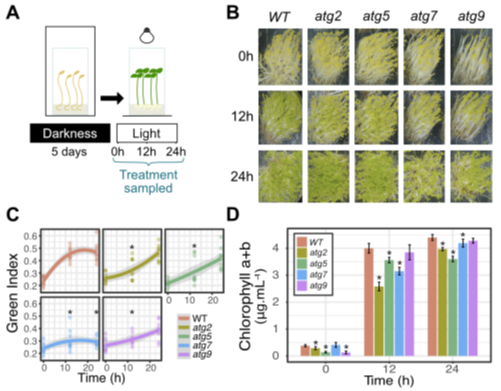
Autophagy promotes photomorphogenesis during seedling development (bioRxiv)
Plant Science Research WeeklyAutophagy is an intracellular evolutionarily conserved catabolic process that degrades cytoplasmic constituents and organelles in lytic vacuoles (micro- and macro-autophagy) or in the cytosol (mega-autophagy). Autophagy can be induced by biotic or abiotic stresses, sugar, carbon and nutrient starvation…
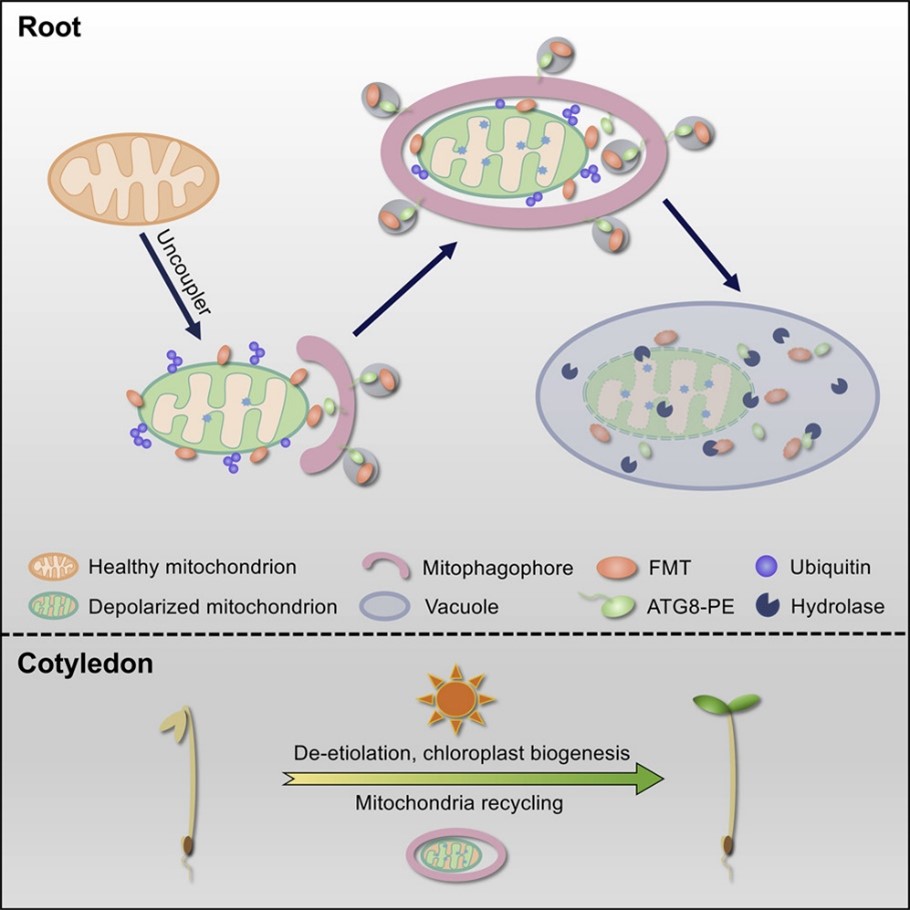
A clustered mitochondria family protein mediates the plant mitophagy (Curr. Biol.)
Plant Science Research WeeklyMitochondria function as cellular powerhouses to generate energy via oxidative phosphorylation and facilitate the synthesis of essential macromolecules. To protect against proteotoxic stress, damaged mitochondria are selectively removed by autophagy via a process known as mitophagy. In mammalian cells,…
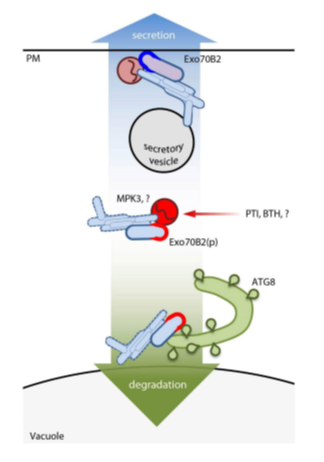
Exo70B2 functions as a exocyst subunit in secretion linked to immunity and autophagy (Plant Cell)
Plant Science Research WeeklyThe exocyst is a conserved protein complex that mediates tethering of secretory vesicle to the plasma membrane prior to SNARE-mediated membrane fusion. Exo70 is one of eight subunits and has expanded into 23 homologs in Arabidopsis. Brillada and Teh et al. identified Exo70B2 as a bona fide exocyst subunit…

The peroxisome just updated its profile picture (Nature Comms.)
Plant Science Research Weekly
The ability to utilize stored energy is crucial for organism growth and development. For example, seed storage lipids go through hydrolysis and beta-oxidation to provide energy for seed germination. In this process, beta-oxidation occurs in the peroxisome, a subcellular compartment that houses many…
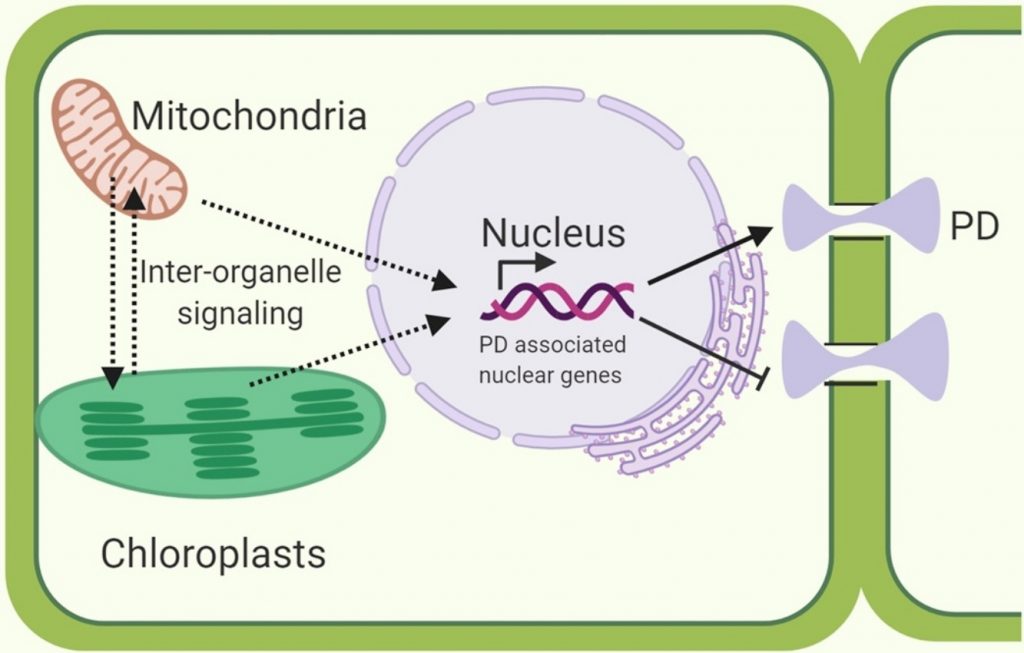
Review: Organelles-nucleus-plasmodesmata signaling, and roles in plant physiology, metabolism and stress responses (Curr. Opin. Plant Biol.)
Plant Science Research WeeklyReview: Organelles-nucleus-plasmodesmata signaling, and roles in plant physiology, metabolism and stress responses
Plasmodesmata (PD) are pores that connect plant cells and allow the flow of small molecules and information but also viruses. This traffic is tightly regulated, in large part by the deposition…
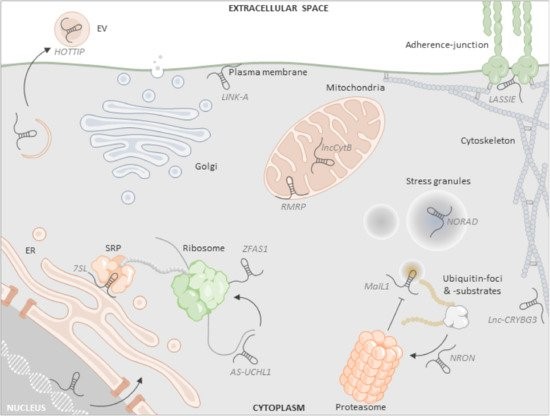
Review: Emerging roles of long noncoding RNAs in the cytoplasmic milieu (non-coding RNA)
Plant Science Research WeeklyReview: Emerging roles of long noncoding RNAs in the cytoplasmic milieu
Note: This article focuses on work in mammalian systems but may be of interest to plant biologists. Long non-coding RNA (lncRNAs) are ³200nt RNAs and represent almost 0.2% of cellular RNA pool. Early work focused on their roles…
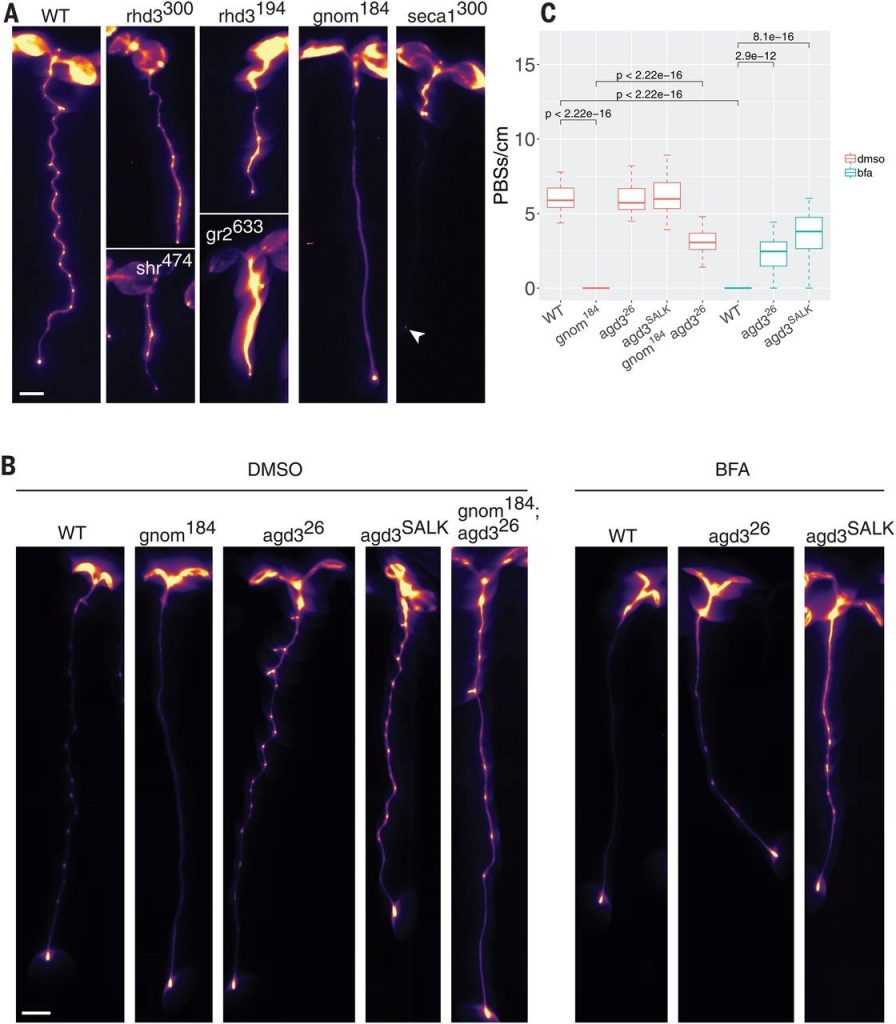
Cell wall remodeling and vesicle trafficking mediate the root clock in Arabidopsis (Science)
Plant Science Research WeeklyCell wall remodeling and vesicle trafficking mediate the root clock in Arabidopsis
Living organisms use biological clocks that are coordinated by temporal signals (time) and positional cues (space) during growth and development. In plants, the ‘root clock’ is generated by a mechanism involving…
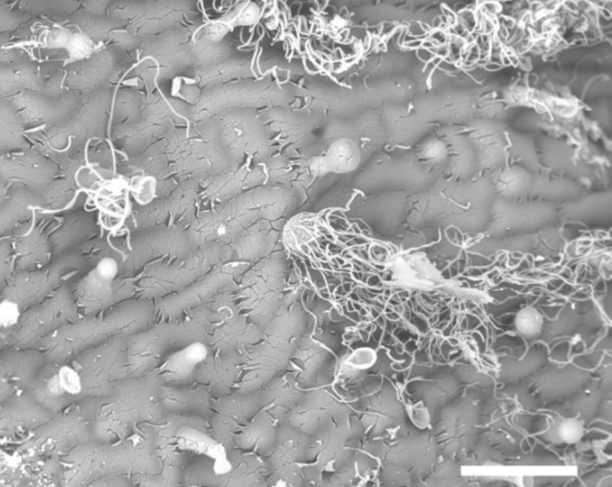
Formation of flavone-based wooly fibres by glandular trichomes of Dionysia tapetodes (bioRxiv)
Plant Science Research Weekly
Many people are familiar with the popular houseplant Cephalocereus senilis, which also known as old man cactus because it is covered with long white hairs that are thought to protect it from frost and UV light. A similar function is described for the wooly fibers that cover the alpine plant Dionysia…

